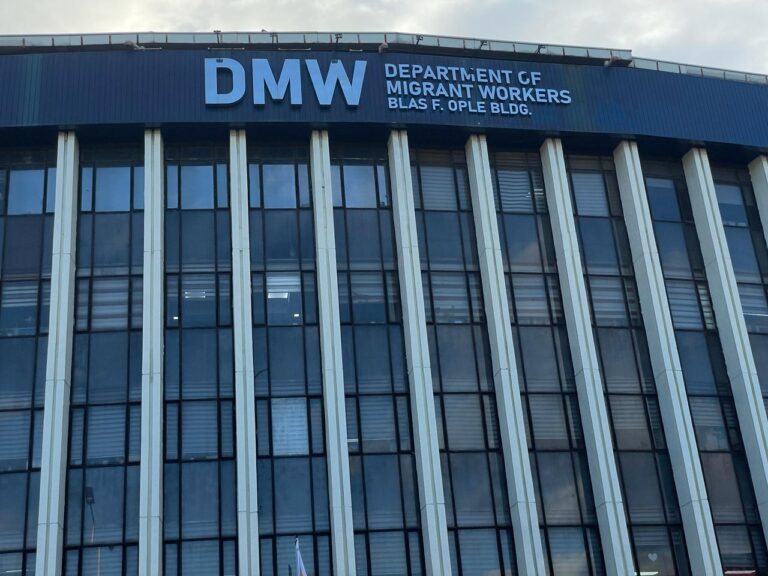
By Charmaine Y. Rodriguez, Philippinecanadiannews.com
Citing Canada’s recovery from post-pandemic labour shortages and current lower unemployment rates, the government announced measures to reduce the number of Temporary Foreign Workers (TFW).
However, the TFW Program will continue but will be used only in cases where there are no workers here in Canada that can fill the necessary role, said Randy Boissonnault, Minister of Employment, Workforce Development and Official Languages.
As job vacancies are also steadily declining, the Government of Canada wants its citizens and permanent residents to be prioritized by employers and companies.
“Today, we announced our intention to reduce Canada’s reliance on temporary foreign workers and encourage employers to find the talent they need right here, at home. The time-limited measures we introduced in 2022 were necessary as our labour market was facing unprecedented conditions – but now, as times change, we must ensure our Temporary Foreign Worker Program reflects our current needs,” Boissonnault said.
Job vacancies fell by 25,400 (-3.6%) to 678,500 in the fourth quarter of 2023, marking the sixth straight quarterly decline from the record high reached in the second quarter of 2022 (983,600), according to government records.
In a media briefing last March 21, Marc Miller, Minister of Immigration, Refugees and Citizenship Canada (IRCC), assured Canadian employers have enough options in the labour pool with international students and their spouses, TFWs and their spouses and asylum seekers who are already here.
“Our labour market needs are tightening, so should our policies. Today’s announcement prioritizes our country’s needs to have enough construction workers to build houses, early childhood educators to teach our kids, and health-care workers to treat patients. As we gradually reduce our reliance on temporary foreign workers, we will continue to help employers fill job vacancies while supporting Canadian workers,” Miller said.
The TFW Program experienced a surge in demand due to the post-pandemic economy, low unemployment rates, and record-high job vacancy rates in 2022.
To implement these new policies, the following will be in effect starting May 1, 2024:
- New Labour Market Impact Assessments (LMIAs) will be valid for six months (a decrease from 12 months) to ensure accurate labour market needs.
- All employers identified in the 2022 Workforce Solutions Road Map will have a reduction from 30% to 20% of their total workforce that can come in through the Temporary Foreign Worker Program, under the low wage stream, with an exception for the construction and health care sectors.
- Employers will need to explore every option before applying for an LMIA — including recruiting asylum seekers with valid work permits here in Canada.
In addition, as of January 1, 2024, employers are required to annually review the wages of temporary foreign workers to ensure they reflect increases to prevailing wage rates for their given occupation and region of work.
“Through wage increases, these reviews will ensure that employers continue to pay temporary foreign workers at the prevailing wage level throughout their period of employment. For the vast majority of cases, when wages are reviewed, they are increased for the workers. If not, they remain the same and cannot go down upon review,” the government’s statement reads.
Earlier, IRCC earlier announced a cap on the number of international students starting September 2024. Since international students can work part time while their spouses can get open work permits, they became part of the TFW population in Canada.
Aside from the cap, Miller also earlier announced that only those taking up Masters, Doctorate and special degrees, like Law and Medicine, can get the Post Graduation Work Permit (PGWP), which used to be granted to all international students studying in Canada.
Working in Canada under the PGWP program is one pathway for international students to apply to become Permanent Residents in Canada.